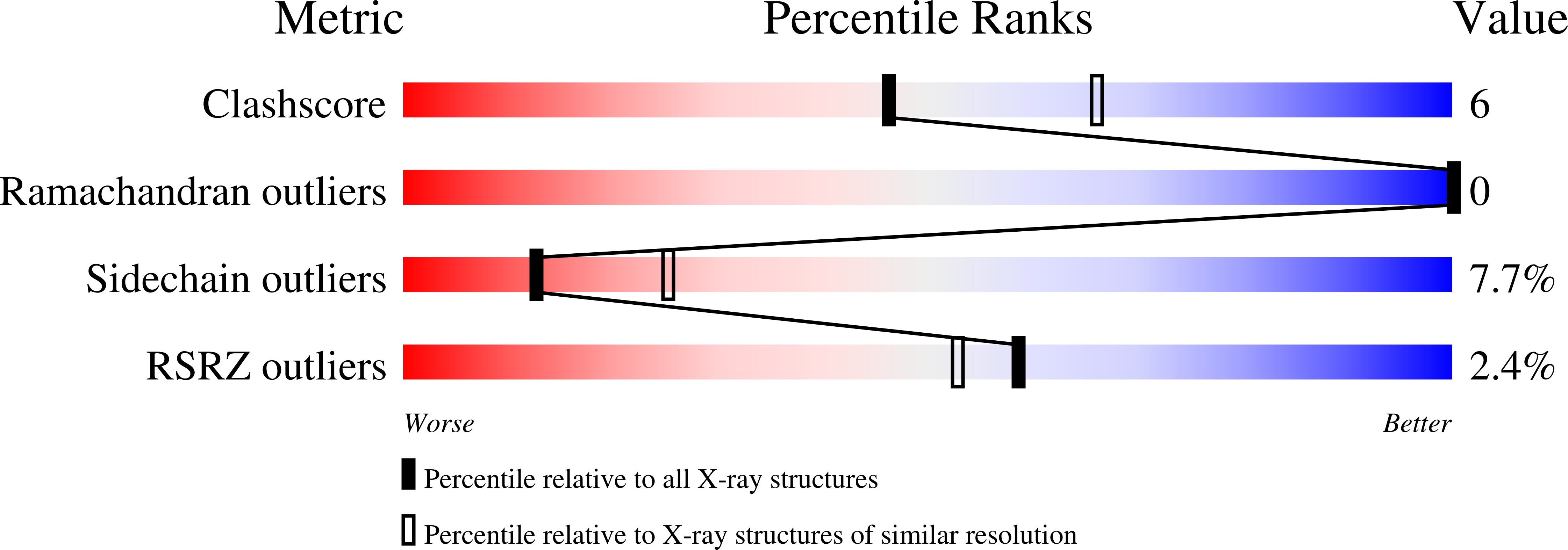Crystal structure of plant asparaginase.
Michalska, K., Bujacz, G., Jaskolski, M.(2006) J Mol Biology 360: 105-116
- PubMed: 16725155
- DOI: https://doi.org/10.1016/j.jmb.2006.04.066
- Primary Citation of Related Structures:
2GEZ - PubMed Abstract:
In plants, specialized enzymes are required to catalyze the release of ammonia from asparagine, which is the main nitrogen-relocation molecule in these organisms. In addition, K+-independent plant asparaginases are also active in splitting the aberrant isoaspartyl peptide bonds, which makes these proteins important for seed viability and germination. Here, we present the crystal structure of potassium-independent L-asparaginase from yellow lupine (LlA) and confirm the classification of this group of enzymes in the family of Ntn-hydrolases. The alpha- and beta-subunits that form the mature (alphabeta)2 enzyme arise from autoproteolytic cleavage of two copies of a precursor protein. In common with other Ntn-hydrolases, the (alphabeta) heterodimer has a sandwich-like fold with two beta-sheets flanked by two layers of alpha-helices (alphabetabetaalpha). The nucleophilic Thr193 residue, which is liberated in the autocatalytic event at the N terminus of subunit beta, is part of an active site that is similar to that observed in a homologous bacterial enzyme. An unusual sodium-binding loop of the bacterial protein, necessary for proper positioning of all components of the active site, shows strictly conserved conformation and metal coordination in the plant enzyme. A chloride anion complexed in the LlA structure marks the position of the alpha-carboxylate group of the L-aspartyl substrate/product moiety. Detailed analysis of the active site suggests why the plant enzyme hydrolyzes asparagine and its beta-peptides but is inactive towards substrates accepted by similar Ntn-hydrolases, such as taspase1, an enzyme implicated in some human leukemias. Structural comparisons of LlA and taspase1 provide interesting insights into the role of small inorganic ions in the latter enzyme.
Organizational Affiliation:
Department of Crystallography, Faculty of Chemistry, A. Mickiewicz University, Poznan, Poland.






















